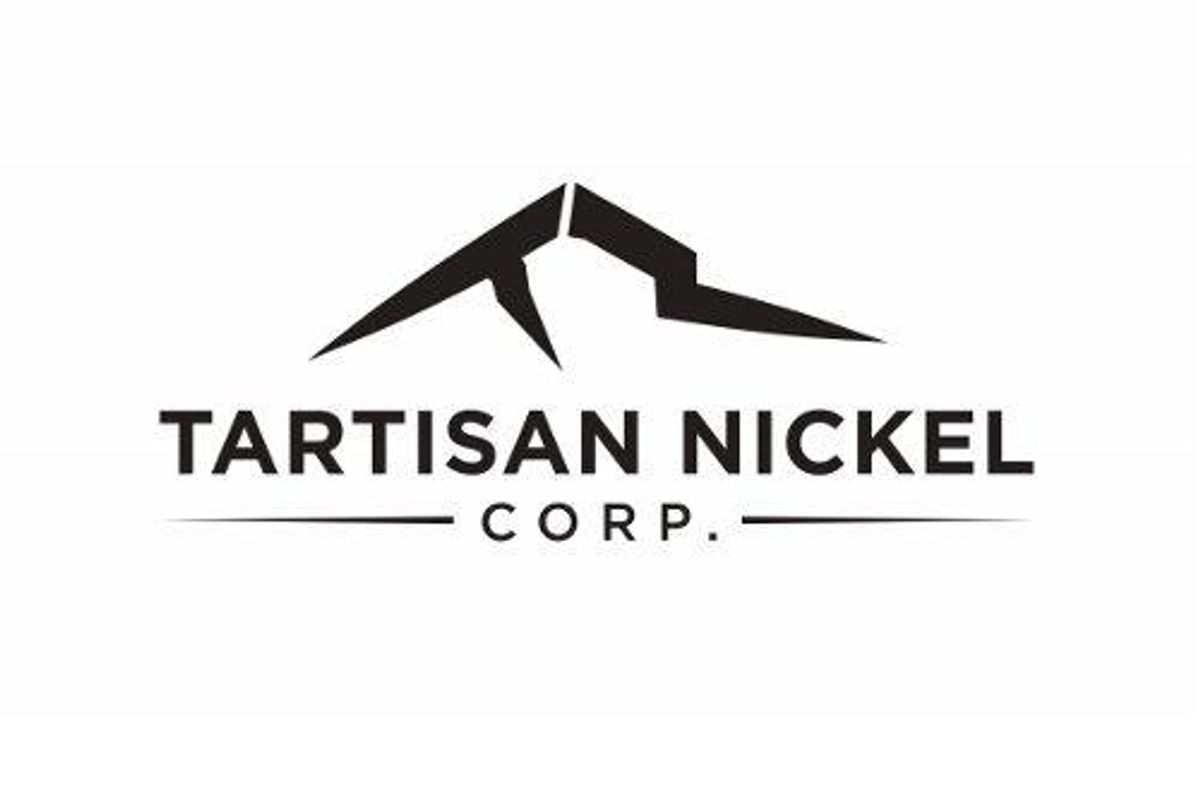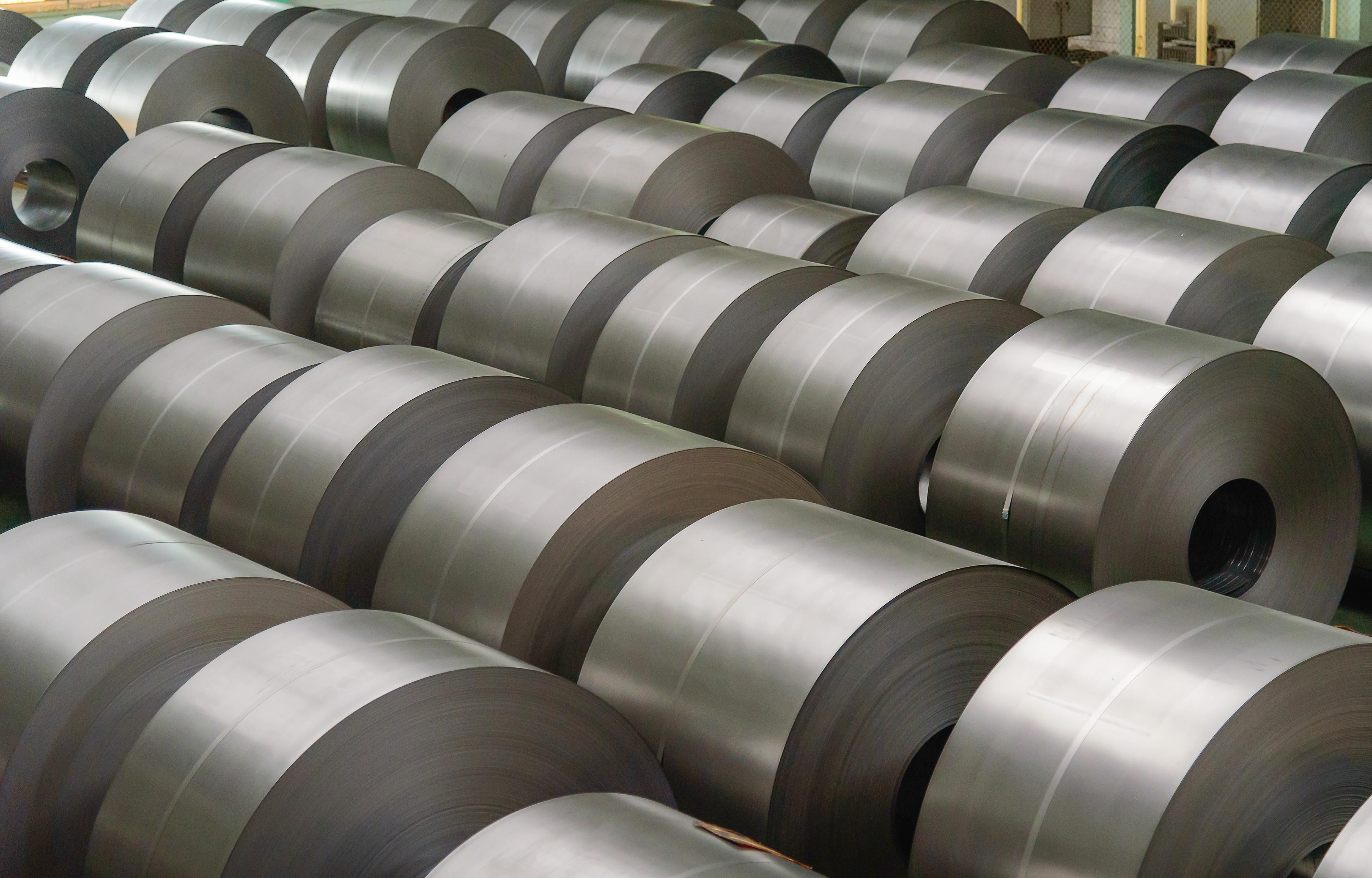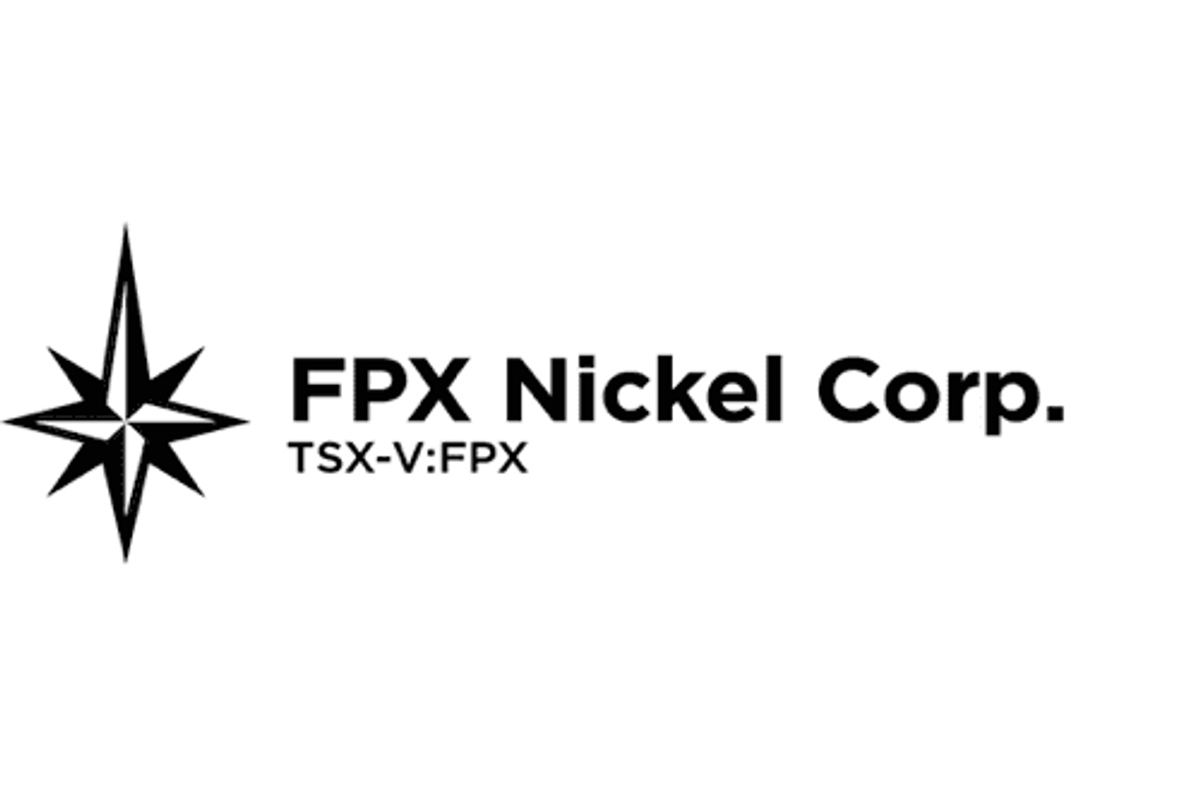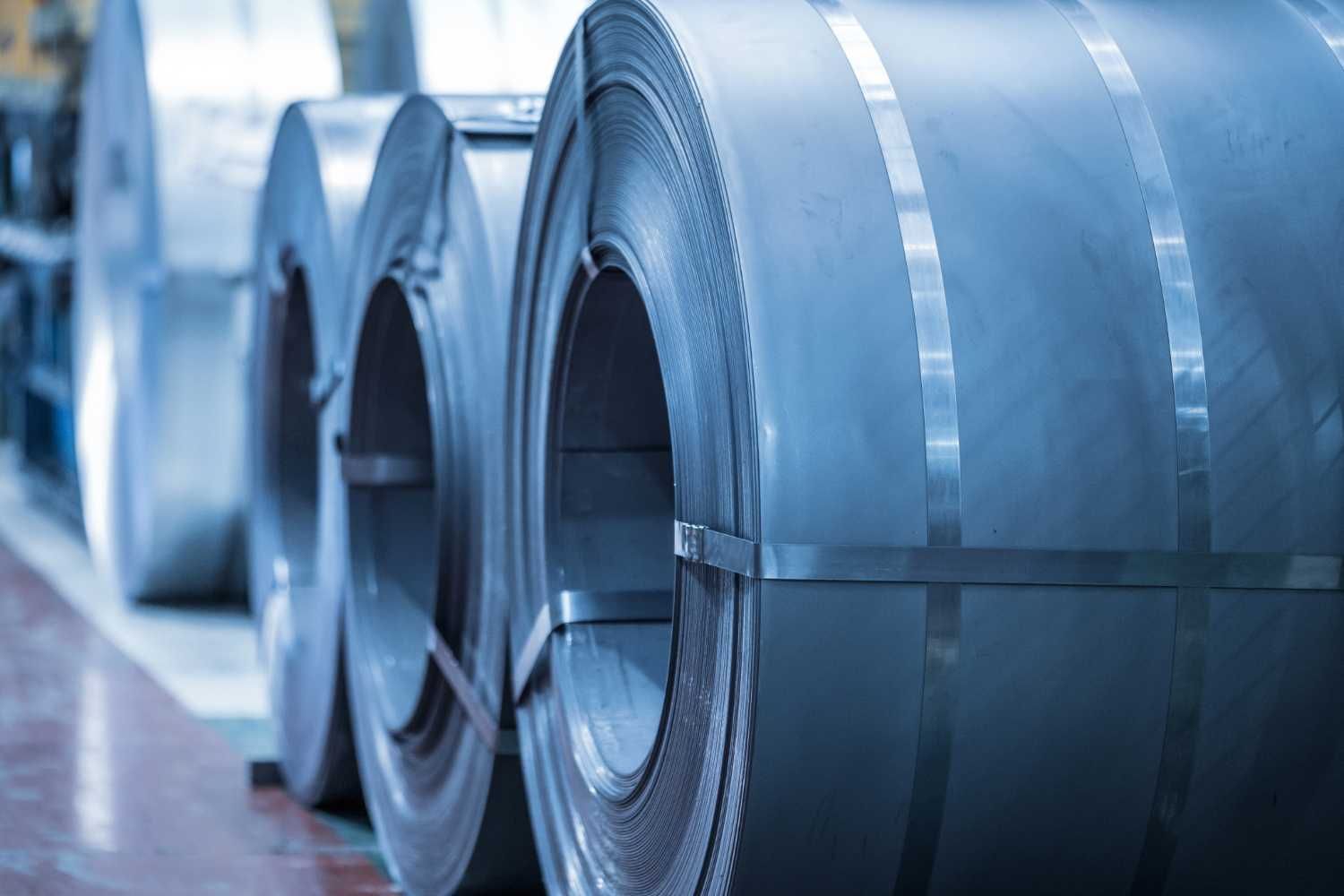(TheNewswire)
Sama Resources Inc. ("Sama" or the "Company") (TSXV:SME ) ( OTC:SAMMF) is pleased to announce assay results from four additional drill holes from the 2021-22 drilling campaign at the Grata nickel-copper prospect. Sama drilled a total of 85 drill holes totalling 26,787 metres (" m ") at the Ivory Coast project in 2021-22, including 45 drill holes totalling 14,893 m at the Grata prospect and 21 holes for 5,643 m at the Samapleu deposit. The assay results for holes GR-24 to GR-26 and GR-28 at Grata are summarized in this release ( Table 1 ). Assays results for fourteen holes drilled at the Grata deposit are pending
Highlights:
-
Hole GR-26 intersected a total of 188 metres of mineralisation including 80.75 metres grading 0.33% nickel, 0.40% copper and 0.30gpt palladium; including 3.45 metres grading 1.45% nickel, 1.19% copper and 1.16gpt palladium
-
Hole GR-28 intersected 194 metres of mineralisation including 97.85 metres grading 0.30% nickel and 0.34% copper
" Today's drill results continue adding exceptionally thick nickel-copper-palladium mineralized intersections to further expand potential at the newly discovered Grata deposit. We look forward to following these results up with pending assays for the remaining fourteen holes drilled in 2022 at Grata . " stated Dr. Marc-Antoine Audet, President & CEO of Sama Resources Inc.
Dr Audet added " In 2023, Sama will be delivering additional metallurgical and technical studies at both the Samapleu and the newly discovered Grata deposits for a prospective nickel-copper-cobalt and palladium open pit operation. "
Sama's Ivorian project is comprised of five exploration permits for 850 square kilometers. More than twenty targets were outlined from geophysical surveys, out of which only three zones have been explored ( Figure 1 ).
Assay results for four holes (GR-24 to GR-26 & GR-28) are presented in Table 1 . All measurements are core lengths and may not represent true geological widths. Figure 2 provides the location of the four holes.
Grata: Latest discovery in the Yacouba Ultramafic-Mafic ("UM") Intrusive Complex
In September 2021, Sama announced the Grata discovery located 5 kilometres east of the Samapleu deposit ( Figure 1 ).
The discovery hole, GR-03, drilled in June 2021, returned a 310 m sequence of pyroxenite and gabbro containing a 147 m interval of disseminated sulphides and several intersections of semi-massive sulphide mineralisation. The second hole, GR-04, confirmed the width of the mineralised zone with a 141 m mineralised intersection, including 6.4 m grading 1.05% nickel ("Ni") , 1.28% copper ("Cu") and 0.48 grams per tonne (" gpt") palladium ("Pd") and 6.6 m grading 0.73% Ni, 0.38% Cu and 0.30 gpt Pd. Previous intersections included hole GR-21 with a combined 191.70 m of mineralised material, including 11.85 m grading 0.82% Ni, 0.68% Cu and 0.99 gpt of Pd and 108.20 m at 0.32% Ni, 0.38% Cu and 0.50 gpt Pd.
This release discloses results for hole GR-25 ( Figure 3 ) which intersected a combined 179.85 m of mineralisation including 37.40 m at 0.24% Ni, 0.45% Cu and 0.54 gpt Pd and 116.95 m at 0.23% Ni, 0.23% Cu and 0.32 gpt Pd and hole GR-28 returning 194 m of combined mineralised zones including 97.85 m grading 0.30% Ni, 0.34% Cu and 0.24 gpt Pd. GR-11 drilled in January 2022 along the same section returned 212 m of combined mineralised zones including 8.20 m at 0.84% Ni, 1.10% Cu and 1.24 gpt Pd, with several narrow massive and semi-massive stringers scattered through the mineralised intervals.
Figure 4 shows a cross-section through holes GR-24 and GR-26 with 69 m and 188 m of combined mineralized zones respectively. Hole GR-26 includes an interval of 80.75 m grading 0.33% Ni, 0.40% Cu and 0.30 gpt Pd.
The mineralisation at Grata is similar in composition to the Samapleu deposit (" Samapleu ") but shows a higher proportion of chalcopyrite. Metallurgical studies are ongoing using Grata and Samapleu material.
Sama's goal is to increase mineral resources at Samapleu and Grata as well as searching for massive sulphide veins and lenses that could have accumulated at depth in traps and embayments along the feeder system of the Yacouba UM Intrusive Complex.
Table 1: Results for GR-24 to GR-26 and GR-28, using a cut-of-grade of 0.1% nickel.
Figure 1: Samapleu project showing the Samapleu deposits and the Grata prospect (blue circles) together with target areas for detailed exploration (red circles). Conductivity from airborne surveys (2013 & 2018) is shown in the background.
Figure 2: The Grata prospect is located five kilometres east of the Samapleu deposits. Current and historic drilling are presented together with the four holes reported in the press release.
Figure 3: Grata prospect, vertical section NW-SE showing holes GR-25 and GR-28.
Figure 4: Grata prospect, vertical section NW-SE showing holes GR-24 and GR-26.
QA/QC
Co re logging and sampling was performed at Sama's Samapleu and Yepleu field facilities. Sample preparation was conducted at the Bureau Veritas Mineral Laboratory in Abidjan, Ivory Coast . Sample pulps were delivered to Activation Laboratories Ltd, Ancaster and Thunder Bay, Ontario, Canada, for assaying. All samples were assayed for Ni, Cu, Co, Fe, S, Pt, Pd and Au using sodium peroxide fusion ICP for the first five elements and by Fire Assay ICPOES for the last three.
The technical information in this release has been reviewed and approved by Dr. Marc-Antoine Audet, Ph.D. Geology, P.Geo and President and CEO of Sama, and a ‘qualified person', as defined by National Instrument 43-101 Standards of Disclosure for Mineral Projects.
ABOUT SAMA RESOURCES INC.
Sama is a Canadian-based , growth-oriented resource company focused on exploring the Samapleu nickel-copper-palladium project in Ivory Coast, West Africa. The Company is managed by experienced industry professionals with a strong track record of discovery. Sama is committed to develop and exploit the Samapleu Ni-Cu and Platinum Group of Elements resources.
Sama's projects are located approximately 600 km northwest of Abidjan in Côte d'Ivoire. Sama's projects are located adjacent to the world-class nickel-cobalt laterite deposits of Sipilou and Foungouesso forming a 125 km long new Base Metal Camp in West Africa.
Sama owns 70% interest in the Ivory Coast project with its joint venture partner Ivanhoe Electric owning 30%. Ivanhoe Electric has the option to earn up to a 60% interest in the project. For more information about Sama, please visit Sama's website at www.samaresources.com .
ABOUT IVANHOE ELECTRIC INC.
Ivanhoe Electric (NYSE American: IE, TSX: IE ), is an American technology and mineral exploration company that is re-inventing mining for the electrification of everything by combining advanced mineral exploration technologies, renewable energy storage solutions and electric metals projects predominantly located in the United States . For more information, visit www.ivanhoeelectric.com
FOR FURTHER INFORMATION, PLEASE CONTACT:
SAMA RESOURCES INC./RESSOURCES SAMA INC.
Dr. Marc-Antoine Audet, President and CEO
Tel: (514) 726-4158
OR
Mr. Matt Johnston, Corporate Development Advisor
Tel: (604) 443-3835
Toll Free: 1 (877) 792-6688, Ext. 5
Forward-Looking Statements
Certain of the statements made and information contained herein are "forward-looking statements" or "forward-looking information" within the meaning of Canadian securities legislation. Forward-looking statements and forward-looking information such as "will", could", "expect", "estimate", "evidence", "potential", "appears", "seems", "suggest", are subject to a variety of risks and uncertainties which could cause actual events or results to differ from those reflected in the forward-looking statements or forward-looking information, including, without limitation, the ability of the company to convert resources in reserves, its ability to see through the next phase of development on the project, its ability to produce a pre-feasibility study or a feasibility study regarding the project, its ability to execute on its development plans in terms of metallurgy or exploration, the availability of financing for activities, risks and uncertainties relating to the interpretation of drill results and the estimation of mineral resources and reserves, the geology, grade and continuity of mineral deposits, the possibility that future exploration, development or mining results will not be consistent with the Company's expectations, metal price fluctuations, environmental and regulatory requirements, availability of permits, escalating costs of remediation and mitigation, risk of title loss, the effects of accidents, equipment breakdowns, labour disputes or other unanticipated difficulties with or interruptions in exploration or development, the potential for delays in exploration or development activities, the inherent uncertainty of cost estimates and the potential for unexpected costs and expenses, commodity price fluctuations, currency fluctuations, expectations and beliefs of management and other risks and uncertainties.
In addition, forward-looking statements and forward-looking information are based on various assumptions. Should one or more of these risks and uncertainties materialize, or should underlying assumptions prove incorrect, actual results may vary materially from those described in forward-looking information or forward-looking statements. Accordingly, readers are advised not to place undue reliance on forward-looking statements or forward-looking information. Except as required under applicable securities legislation, the Company undertakes no obligation to publicly update or revise forward-looking statements or forward-looking information, whether as a result of new information, future events or otherwise.
Neither the TSXV nor its Regulation Services Provider (as that term is defined in the policies of the TSXV) accepts responsibility for the adequacy or accuracy of this release.
Copyright (c) 2023 TheNewswire - All rights reserved.











